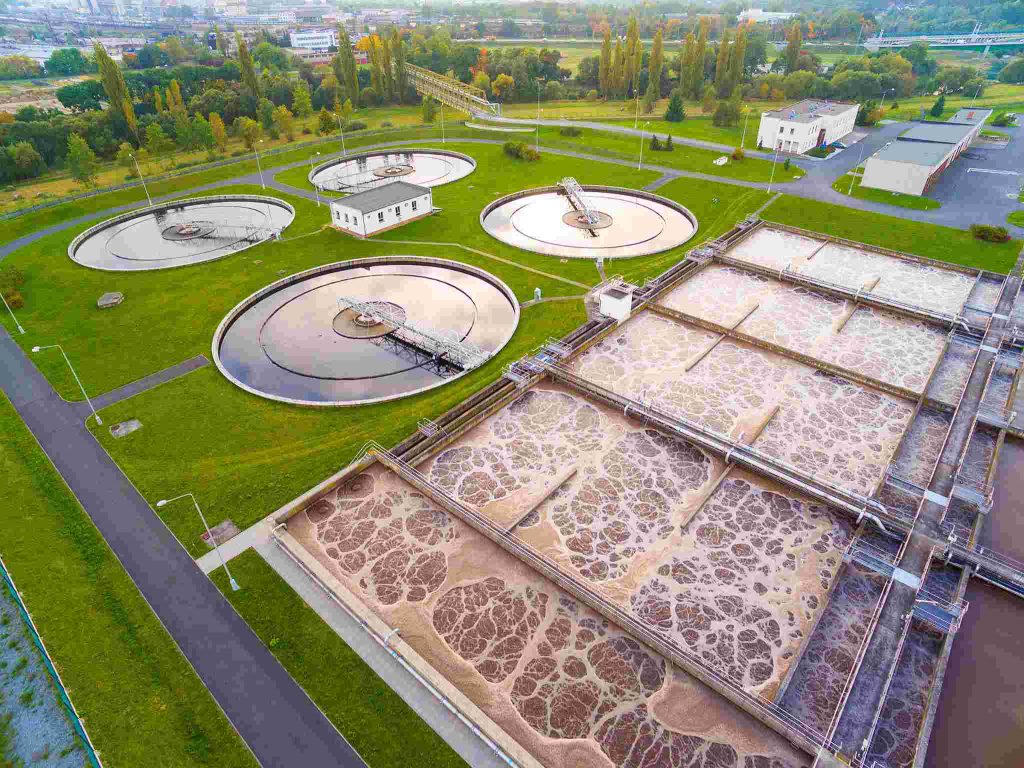Liquid waste, also known as wastewater, goes through multiple stages of treatment at wastewater treatment plants to remove contaminants and allow the water to be safely released back into the environment. Here is an overview of the typical processes involved:

Screening:
Physical screening using a rod screen or drum screen removes large objects such as sticks, rocks and plastics from wastewater.
Primary treatment:
Wastewater enters a settling tank, where heavier solids settle to the bottom as sludge, while oil and grease rise to the surface and are skimmed off. This process reduces the amount of solids and organic matter in the water.
Secondary treatment (biological treatment):
Water enters the aeration tank, and microorganisms decompose residual organic matter in the water. This biological process converts pollutants into harmless by-products such as carbon dioxide, water and more microorganisms.
Tertiary Treatment:
This stage is optional but is often used to further purify the water. Technologies such as filtration (e.g., sand, activated carbon) and chemical treatments (e.g., chlorination, UV disinfection) are used to remove residual contaminants, pathogens, and impurities.
Sludge treatment:
The sludge collected in the primary and secondary treatment stages is further processed. It can be digested by anaerobic bacteria to produce biogas (methane and carbon dioxide), which can be used as an energy source. The remaining sludge can be dried with polymer absorbent materials and disposed in landfills to reduce the cost of wastewater treatment.
Discharge:
The treated water, which now meets regulatory standards for safe disposal, is discharged into water bodies such as rivers or oceans. Some plants can also reuse treated water for non-potable purposes such as irrigation.
During these processes, wastewater treatment plants also monitor and manage factors such as pH, temperature, and nutrient concentrations to ensure optimal treatment efficiency and environmental safety.

